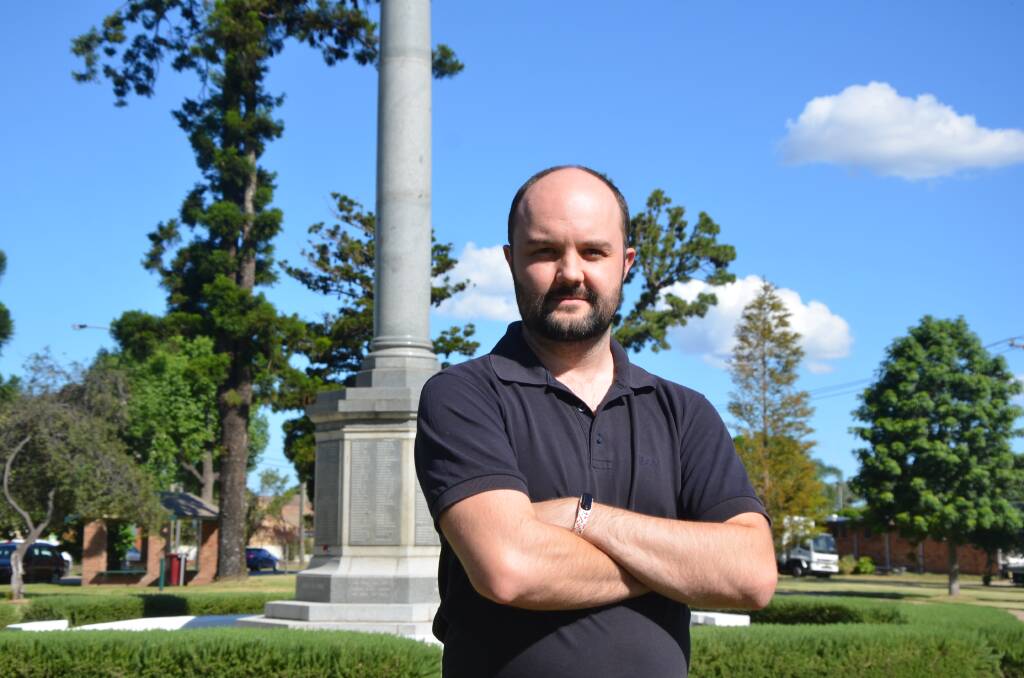
A RESPECTED Singleton doctor has expressed his concerns about recently-released data from the Upper Hunter Air Quality Monitoring Network, stating the results were “alarming”.
Subscribe now for unlimited access.
$0/
(min cost $0)
or signup to continue reading
Dr Robert Vickers, born and raised in the area, admitted there had been a gradual increase in air pollution in the region.
That was despite media discussion in 2018 and assurances from Minister Gabrielle Upton the EPA’s Dust Stop program would ensure the fine and coarse particles were limited to “safe levels”.
“We know that air pollution contributes to heart disease, stroke, deaths, diabetes, low birth weight for babies, restricted lung growth in children, lung cancer in non-smokers, asthma and emphysema,” the Doctors for the Environment Australia member said.
“Any GP in town will tell you when people with chronic respiratory diseases leave the area, their symptoms improve.
“It’s frustrating, from my perspective, because there is so much information out there – and people choose to ignore it.
“The Minister was invited to come and visit the Hunter Valley to discuss concerns.
“However, she declined.
“Average levels of coarse particle pollution in the Hunter Valley have increased at a rate higher than the rest of NSW, with the biggest witnessed at Muswellbrook.”
Dr Vickers said a total of nine sites exceeded the national standard of PM10 particle levels.
“The top three for PM10 air pollution were Camberwell, Mount Thorley and Maison Dieu,” he explained.
“This comes as no surprise that these sites are closest proximity to open cut coal mines.
“Now, the usual critics of this data will claim that weather events, wood fire smoke, diesel exhaust and other pollutants contribute to air quality data.
“And, while this is correct, what is concerning is that the drought wasn’t limited to the Hunter Valley, yet we saw the most rapid increase in air pollution.
“The pollution increased throughout summer when no-one would be running a fireplace.
“Even removing the five regional dust storm days from the total data, Camberwell still had 39 daily exceedances for coarse particle air pollution for 2018.”
Dr Vickers believes existing environmental and planning safeguards were not protecting the health of people living in the region.
“The Hunter Valley needs leadership on this issue,” he said.
“We also need leadership that will ensure the survivability of the Hunter region after coal.
“Instead, we have climate change denialism and donations from mining companies to political parties that well exceed the tax they pay.
“There is no doubt that with global efforts for reductions in carbon emissions, we will see a decline in the use of coal.
“The NSW and Australian economies have profited from the Hunter Valley’s natural resources, but that time is coming to an end whether we like it or not.
“If we don’t plan for this transition period and continue relying on mining for local jobs, the Hunter risks being left with high rates of unemployment.
“If we don’t act on air pollution now, we are putting the Hunter region at risk of the negative health effects.”

